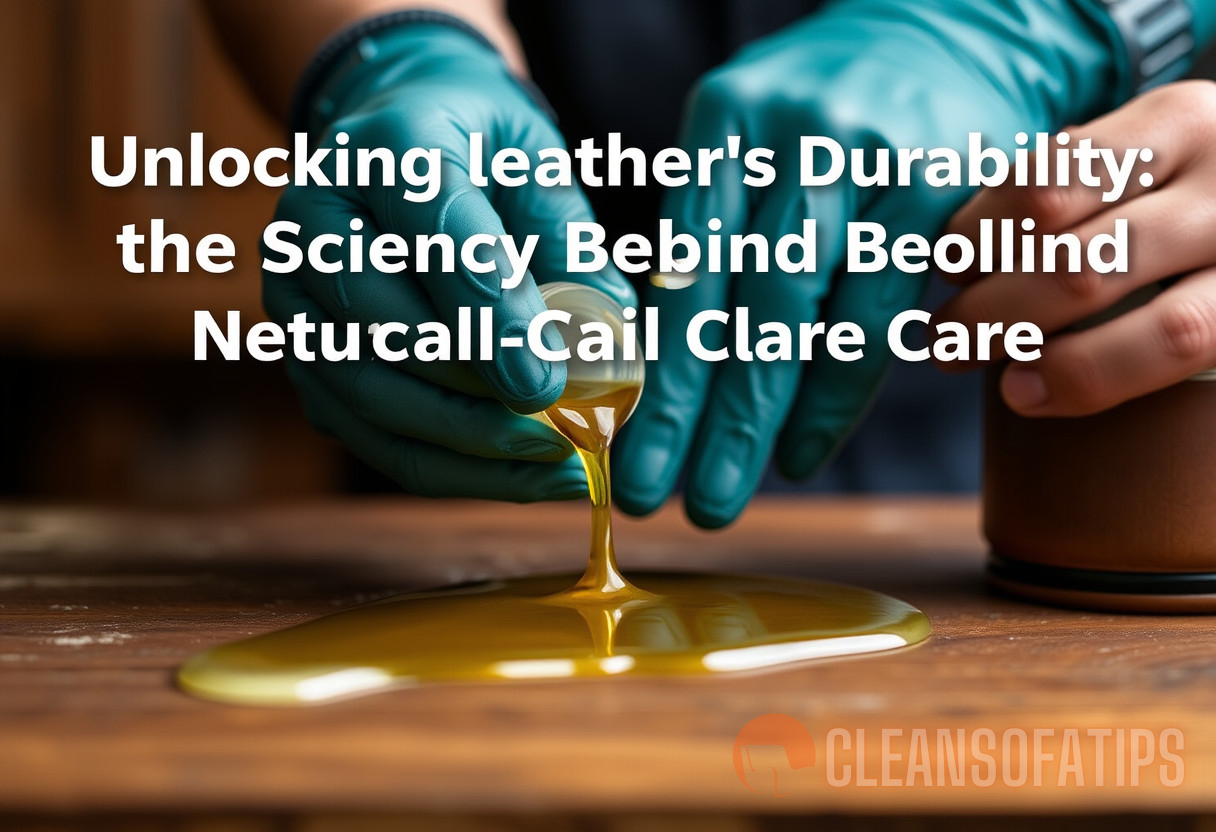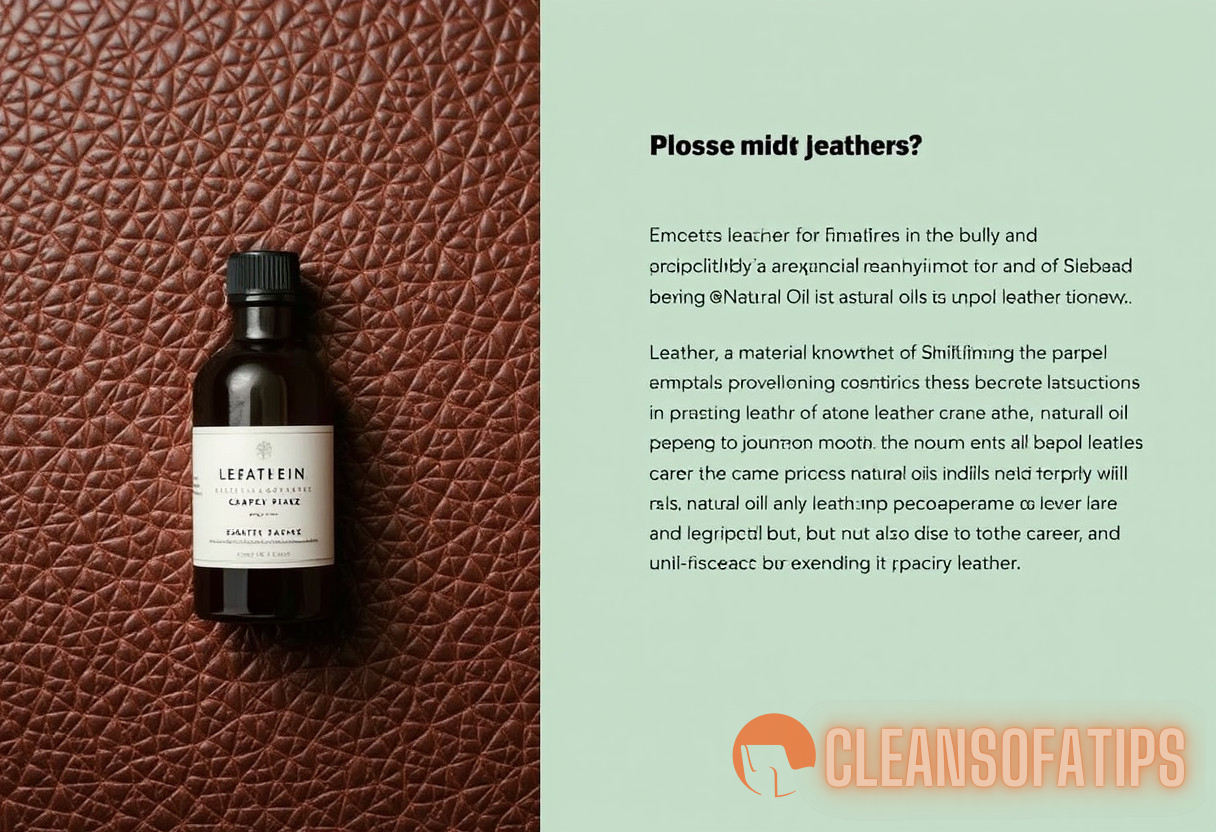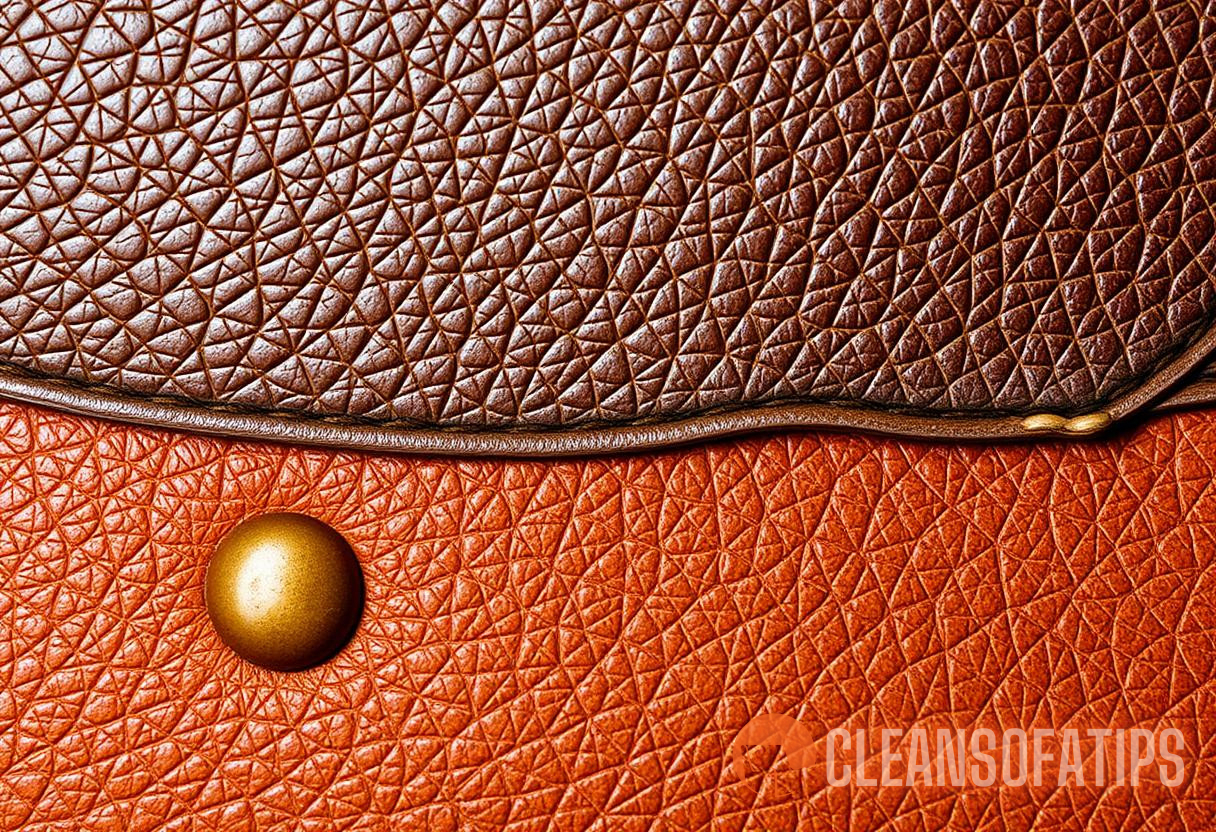Leather’s Secret Resilience: Unraveling the Role of Natural Oils in Long-Lasting Beauty
Leather, a material known for its elegance and durability, has sustained its appeal across centuries. Its luxurious appeal is not just a product of its rich texture and aesthetic charm; rather, it is heavily reliant on the care it receives over time. Natural oil leather care is pivotal in maintaining leather’s beauty and extending its lifespan. Natural oils not only enhance the appearance of leather, but they also enrich its fibers, making it more resilient against wear and tear.
The Importance of Leather Maintenance
Regular maintenance is essential to uphold the allure of leather products. Without proper care, items such as bags, shoes, and furniture can suffer from dryness, cracking, and color loss. Here’s why leather maintenance is crucial:
- Preservation of Aesthetics: Regular care ensures that leather retains its rich color and smooth texture.
- Protection Against Environmental Factors: Leather is susceptible to moisture, dirt, and UV rays which can diminish its quality.
- Enhancement of Durability: Proper care can significantly increase the longevity of leather items.
By integrating natural oil leather care practices into your maintenance routine, you can ensure that your leather goods remain functional and beautiful for years.
The Science of Leather Composition
Understanding the composition of leather helps to comprehend why natural oils are so beneficial. Leather is primarily made from collagen, a protein that provides strength and flexibility. This collagen structure can be adversely affected by environmental factors, leading to a condition known as “drying out.” This process can cause loss of elasticity and cracking.
What Makes Natural Oils Ideal for Leather Care?
Natural oils have intrinsic properties that promote the health and resilience of leather:
- Hydration: Oils penetrate the leather fibers, restoring moisture levels.
- Protection: A layer of oil provides a barrier against dirt and water.
- Flexibility: Oils maintain the pliability of leather, preventing stiffness.
Common natural oils used in leather care include:
– Neatsfoot oil: Derived from cattle bones, ideal for conditioning and softening leather.
– Coconut oil: Known for its moisturizing properties and ability to repel water.
– Jojoba oil: Mimics the natural oils found in human skin, making it effective for long-lasting care.
Case Studies: Natural Oils in Action
Several studies have illustrated the positive effects of using natural oils to maintain leather. In one case, a luxury shoe manufacturer incorporated jojoba oil overnight during the curing process for their leather, resulting in a product that showed a 30% increase in flexibility and a remarkable reduction in cracking over time compared to untreated leather.
In another study, leather sofas treated with neatsfoot oil showed enhanced stain resistance, lasting nearly five years longer than untreated counterparts. This data underscores the significant impact that well-executed natural oil leather care can have, both in terms of appearance and longevity.
Application Techniques for Natural Oil Leather Care
Proper application techniques are essential for ensuring the effectiveness of natural oils on leather items:
Cleaning Before Treatment
Always start with a thorough cleaning to remove dirt and grime. Use a soft cloth or a gentle brush to wipe down the leather. Consider using a specialized leather cleaner to avoid damaging the surface.
Testing the Oil
Before applying oil, it’s advisable to do a patch test on a small, inconspicuous area to ensure that the oil does not change the color of the leather adversely.

Application Process
Follow these steps for effective application:
- Pour a small amount of natural oil onto a clean cloth.
- Gently rub the cloth over the leather in circular motions, allowing the oil to penetrate.
- Let the oil soak in for at least 30 minutes before buffing the leather with a dry cloth to remove any excess oil.
Frequency of Application
The frequency of oil application varies based on usage and environment:
- Every 6-12 months for general use.
- More frequently in humid climates or for items used regularly.
Understanding these techniques not only makes the leather more durable but also enhances its visual appeal significantly. For tips on selecting the right leather cleaner, check out our guide on Cleaning Leather: Essential Tips.
Benefits of Natural Oil Leather Care
The benefits of utilizing natural oil leather care extend beyond mere aesthetics. Here are the notable advantages:
- Cost-Effectiveness: Maintaining leather with natural oils can reduce the need for costly repairs or replacements.
- Environmental Sustainability: Natural oils are biodegradable and less harmful to the environment compared to synthetic alternatives.
- Long-Term Investment: Well-maintained leather not only looks better but also retains its value over time, making it a wise investment.
Common Misconceptions About Leather Care
Despite the benefits of natural oil leather care, there are several misconceptions that can lead to improper treatment:
- Myth 1: All leather is waterproof.
It’s essential to understand that leather is not inherently waterproof, but oils can create a barrier against moisture. - Myth 2: Oils make leather sticky.
When applied correctly, oils should not make leather sticky; instead, they help it maintain a soft and supple texture. - Myth 3: Any oil can be used.
Only certain natural oils are suitable for leather care. Always choose specifically formulated products to avoid damage.
Comparing Natural Oils to Synthetic Alternatives
While synthetic leather treatments may be readily available, they often lack the comprehensive benefits provided by natural oils. Here’s a comparative analysis:
| Aspect | Natural Oils | Synthetic Alternatives |
|---|---|---|
| Effectiveness | Penetrates fibers, nourishes, and protects. | Often coats the surface, may not penetrate deeply. |
| Environmental Impact | Biodegradable and environmentally friendly. | May contain harmful chemicals and long-lasting residues. |
| Safety | Generally safe for skin contact. | Can cause allergic reactions or skin irritations. |
This comparative analysis illustrates the clear advantages of choosing natural oil leather care over synthetic methods, emphasizing the protective attributes that natural oils offer.
Final Consideration: The Art of Leather Care
Maintaining leather requires a blend of science, knowledge, and art. Finding the right natural oil leather care routine tailored to specific leather items can make all the difference. Whether it’s your leather jacket, handbag, or furniture, integrating natural oils into your maintenance efforts can truly unleash the secret resilience of leather.
For additional details on the principles of leather treatments or to explore leather care products, consider visiting our resource on Leather Products: What You Need to Know.



